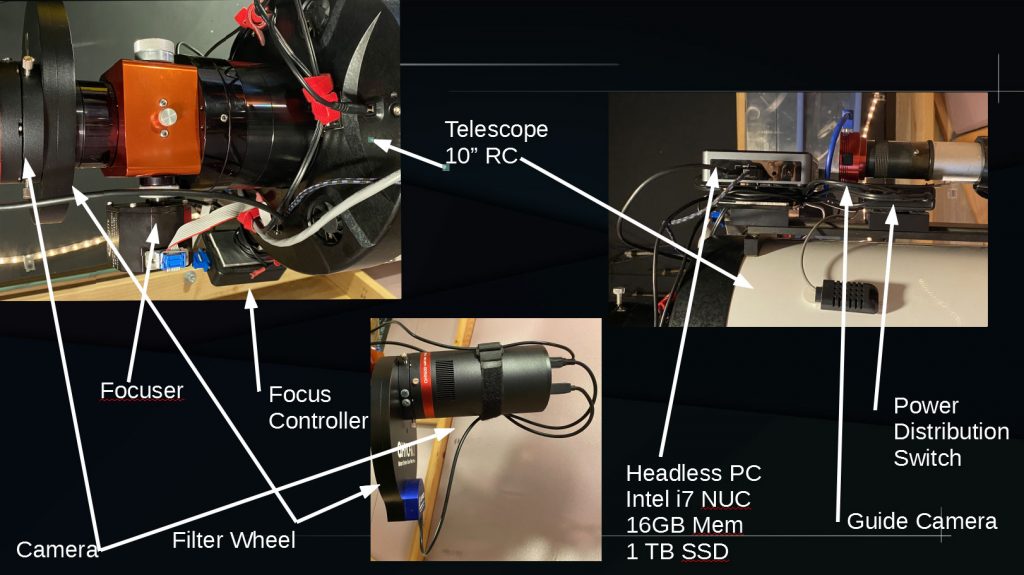Steve’s Pics
Supernova Remnant

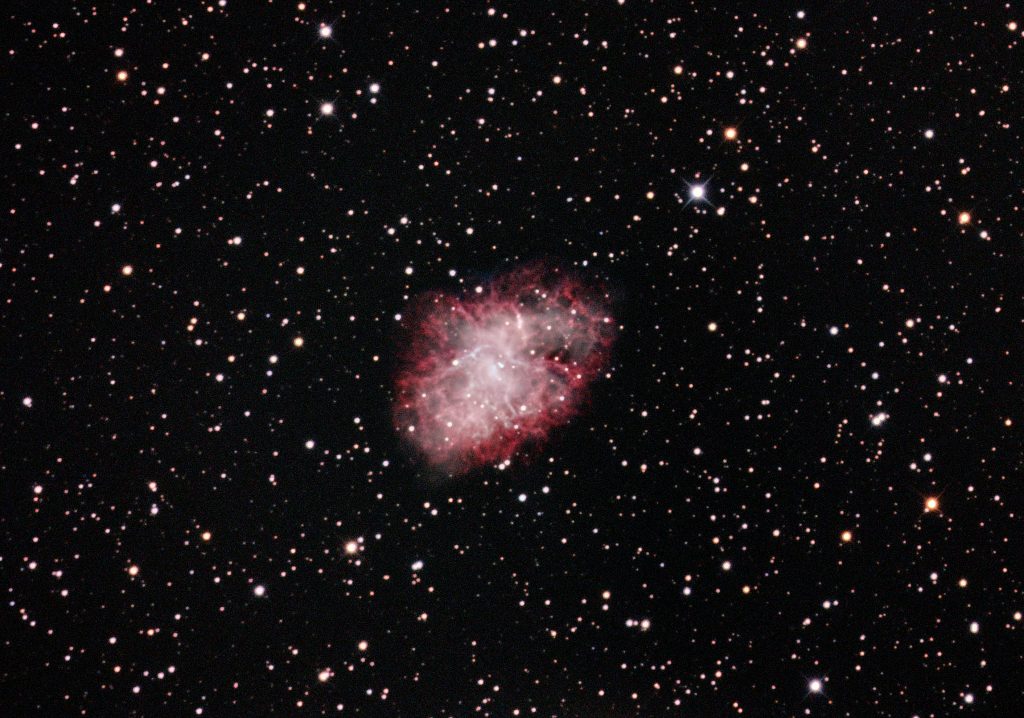
Crab Nebula – NGC 1952 (M1) 
Eastern Veil Nebula – NGC 6992 
Jellyfish Nebula – IC 443
Star Clusters
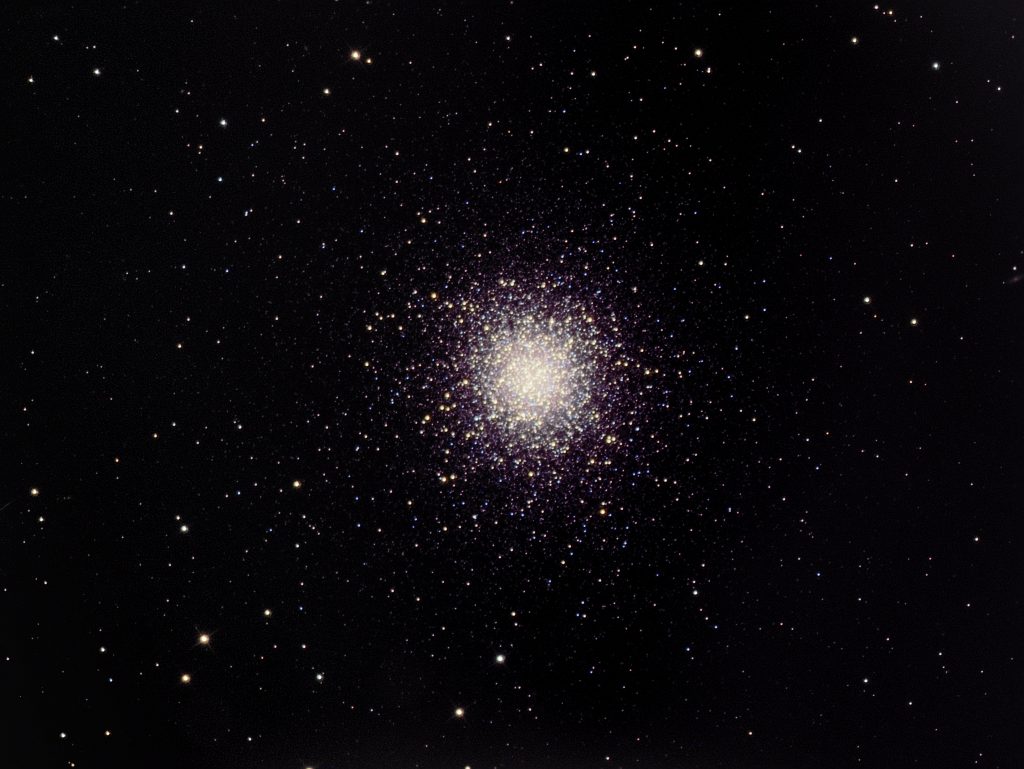
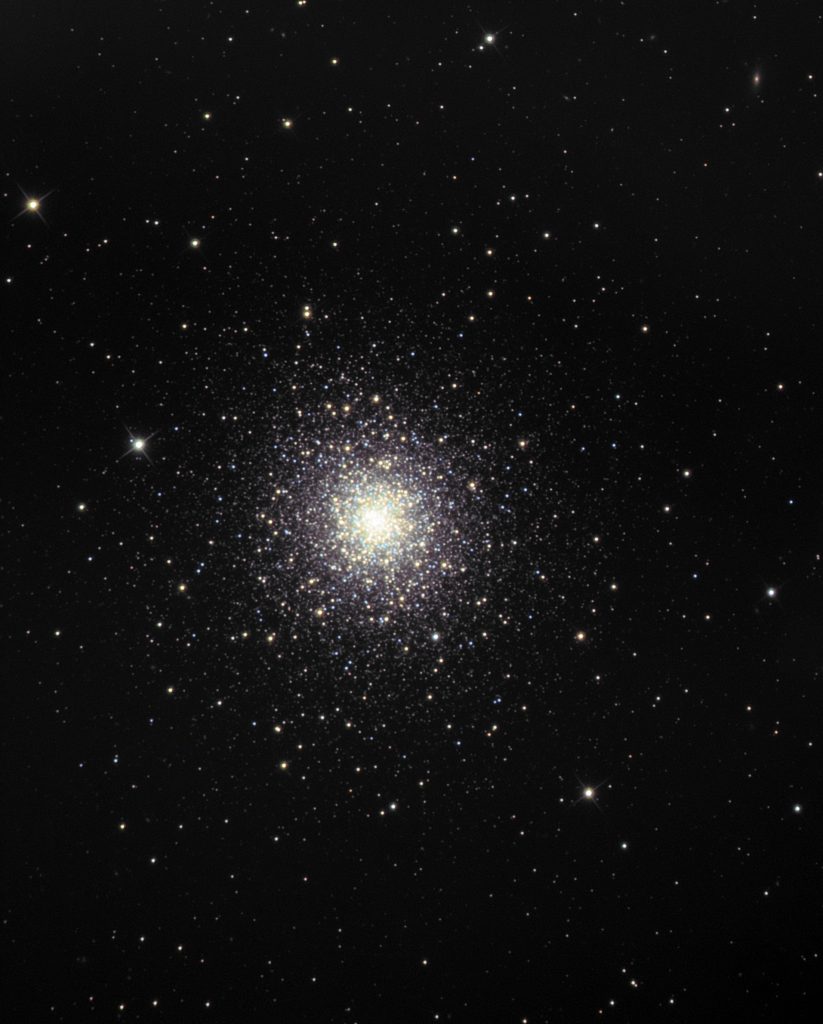
M92 – The other Globular Cluster in Hercules 
M45 -The Pleadies 
The Double Cluster in Perseus – NGC 869&884 
M67 
Caroline’s Rose – NGC 7789 
M44
Galaxies


M64 
M82 
M81 
M33 
Core of M31 
The Leo Triplet 
NGC 6949 
M106 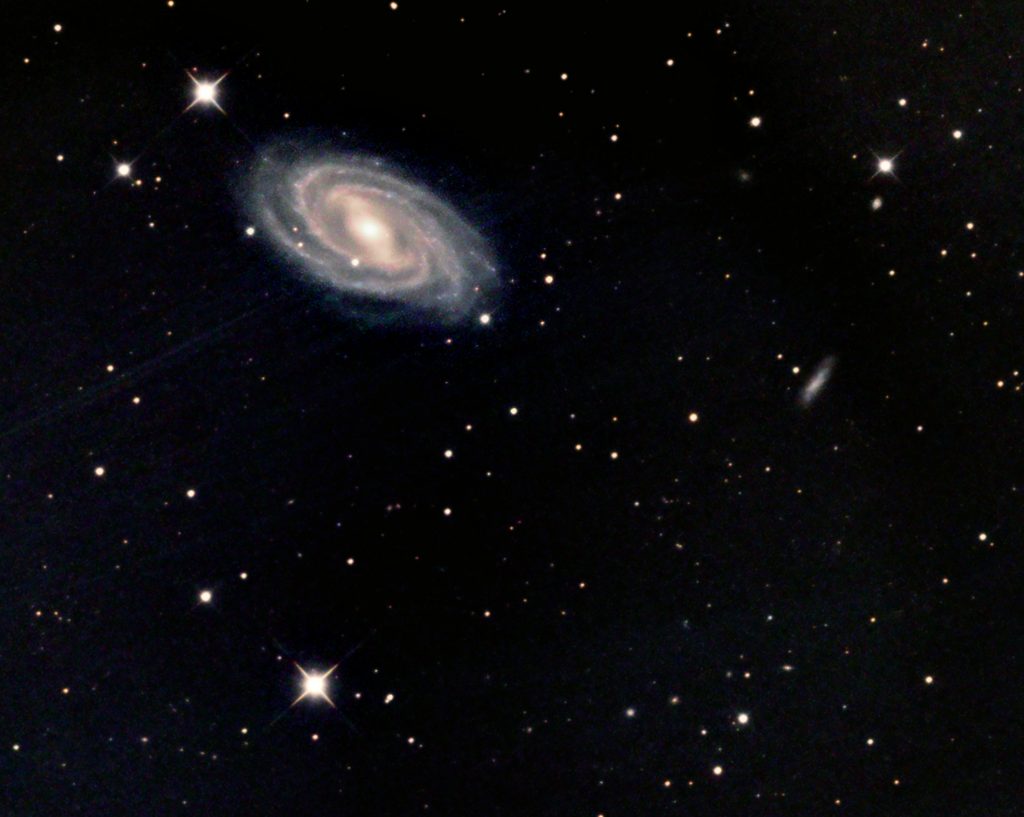
M109


Galaxy Clusters
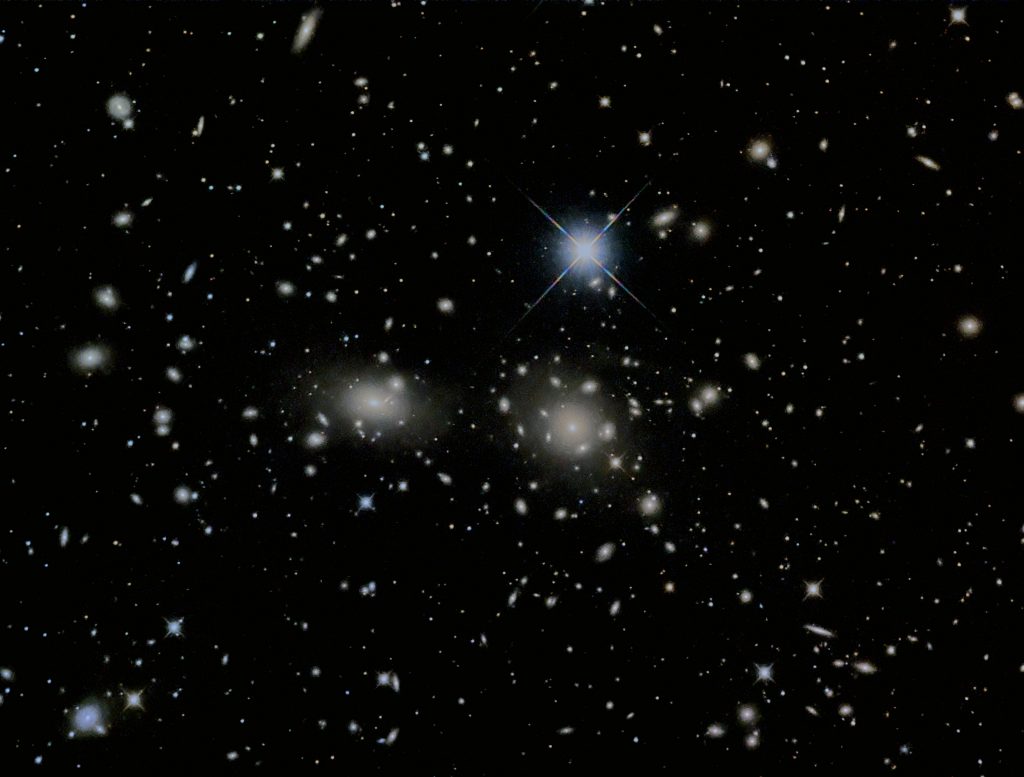
Coma Cluster – NGC 4874 & 4889 + 
NGC 1275 
NGC 7623 – Pegasus Cluster 
Stephan’s Quintet – NGC 7320, 7319, 7318(A&B) 7313 
NGC 7331
Emission Nebula


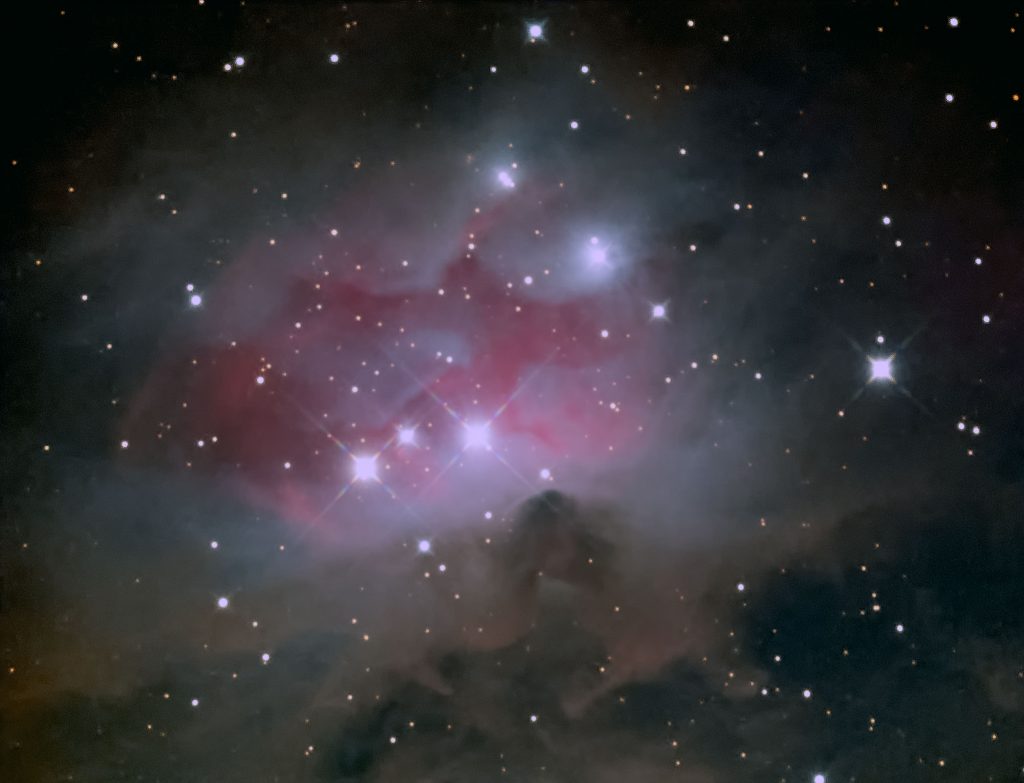
The Running Man Nebula – NGC 1973 
The California Nebula – NGC 1499 
The Great Nebula of Orion – M42 
The Horsehead Nebula – IC 434 
Interior of the Lagoon Nebula – M8 
IC 405 
The Soul Nebula – IC 1848 
The Cave Nebula – IC 5146 
NGC 2244 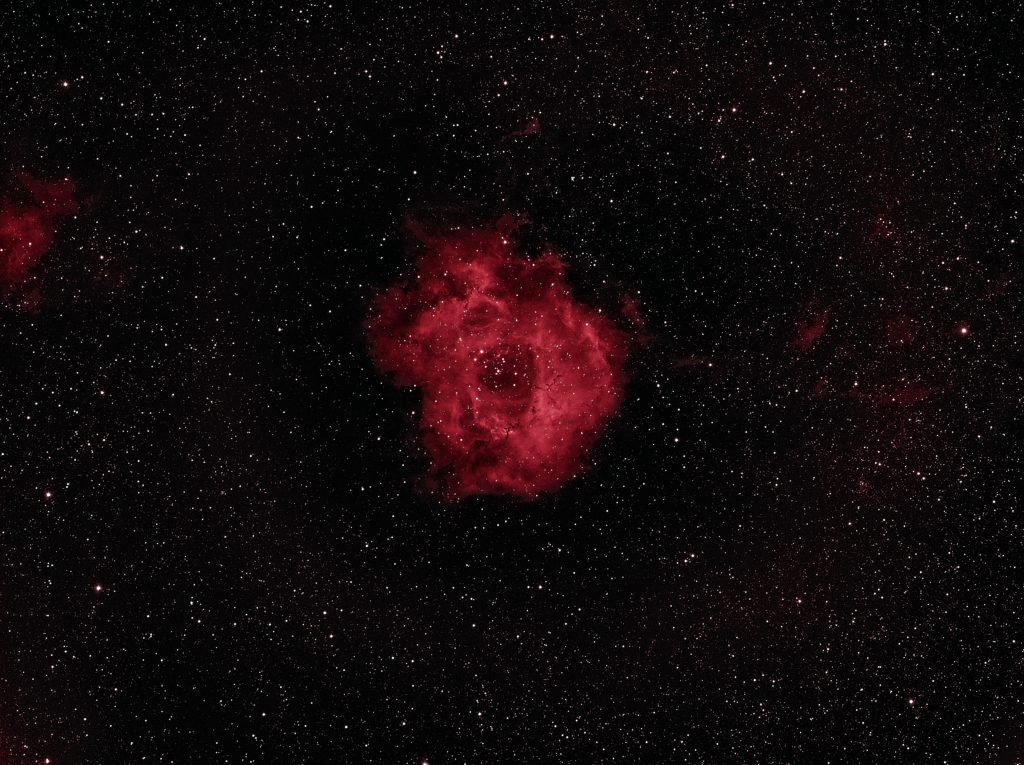
The Rosetta Nebula – NGC 2237



Planetary Nebula

The Owl Nebula – M92 
The Helix Nebula – NGC 7293 
Abel 39 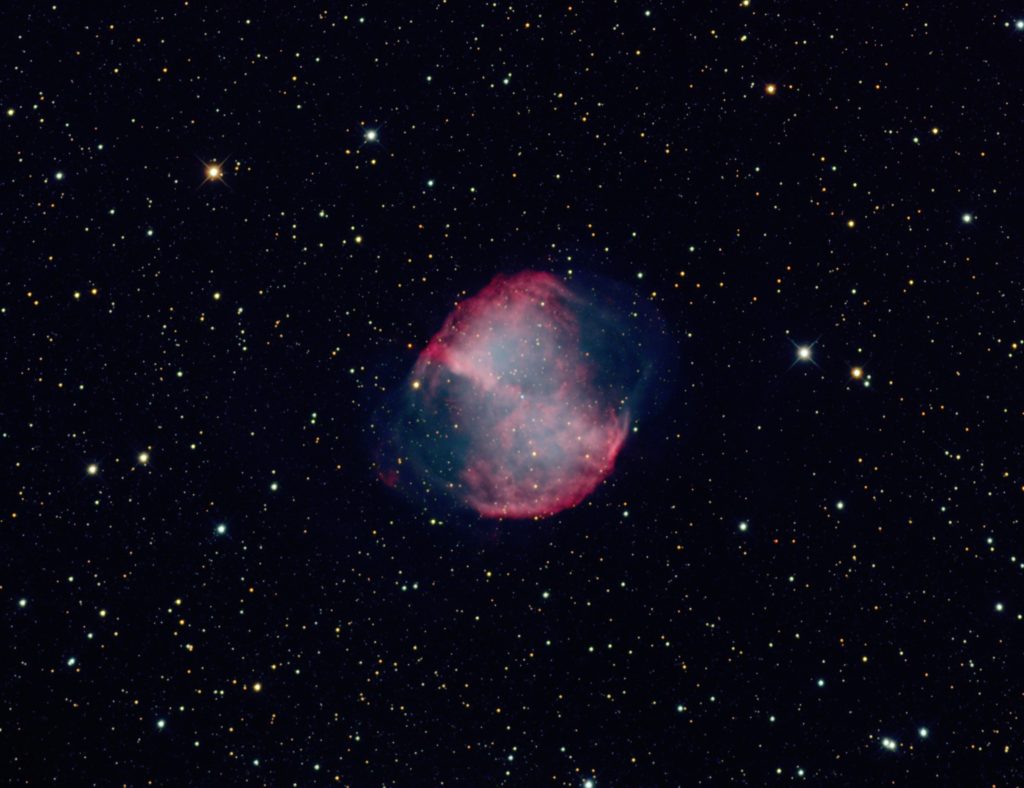
The Dumbbell Nebula – M27 
The Ring Nebula – M57 
Abel 74 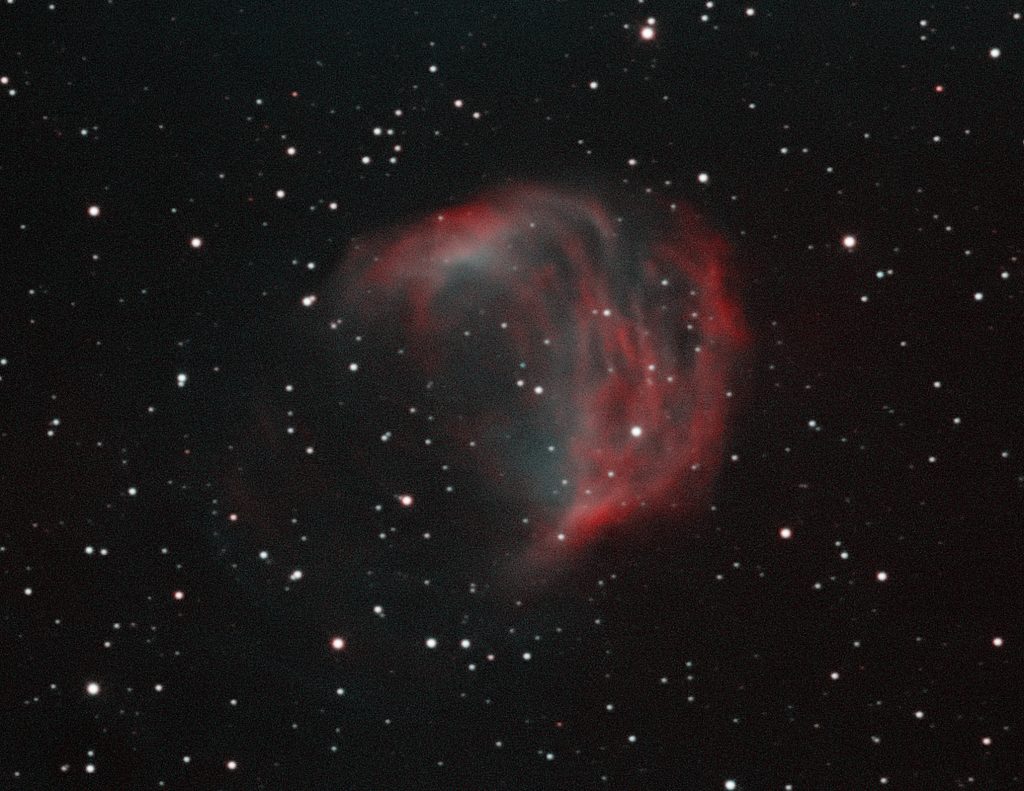
Medusa Nebula – Abel 21
Dark Nebula


The Shark Nebula -LDN 1235 
M 78 
NGC 1333
Interesting Objects

NGC 6888 is an emission nebula in Cygnus. It is about 5000 light years distant. It is energized by a Wolf-Rayet (WR 136). These stars emit are evolved massive stars that have lost all of their hydrogen (red in the picture) and are fusing helium and heavier elements. They are very bright since much of their atmosphere has been lost. Additionally, NGC 6888 has a significant amount of Oxygen III emission (the pale green/blue component)

Two Towers Observatory
This is my primary observing site. The roll-off roof observatory is based around a 12″ cylinder of reinforced concrete buried 4ft deep. The mount is currently a Paramount MX+. There are 2 primary telescopes: a 10″ GSO-type RC and an 11″ Celestron RASA. Each has its pros and cons. The 10″ is pretty much diffraction-limited by the sky conditions on Bainbridge Island, It has a focal length of 2000mm at f/8. The RASA has a focal length of 670mm at f/2.2. While this produces some amazing pictures, it does not support a filter wheel so I can use a one-shot color camera or change filters by hand. (via a filter drawer). The other downside to the RASA is the Schmidt corrector plate. In this environment, they tend to due up in the winter. The observatory is used remotely via a wireless link.


Two Towers Observatory Opened 
Two Towers Observatory Closed (with guard dog) 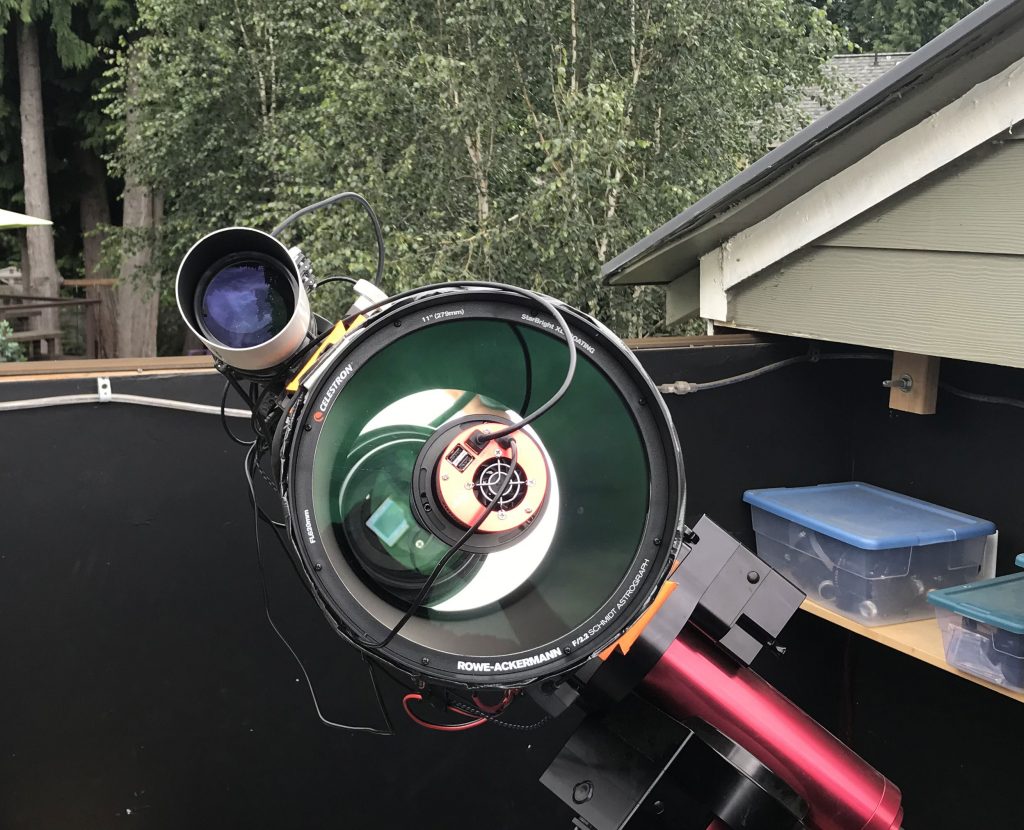
RASA 11″ Scope
